Acantharian radiolarians - Aesthetic illustration of the natural world - Ernst Haeckel, Kunstformen der Natur
Acantharian radiolarians - Aesthetic illustration of the natural world - Ernst Haeckel, Kunstformen der Natur
Couldn't load pickup availability
Engraving reproduction of: Acantharian Radiolarians
Original title Acanthophracta - Wunderstrahlinge
Poster of Dorataspis - Protozoa of the class Radiolaria (Legion of Antharida, Order of Anthophysae)
Illustration from the book Kunstformen der Natur, which is a collection of artistic lithographs of natural sciences published by the German biologist Ernst Haeckel between 1899 and 1904.
This naturalistic illustration is part of an overall style inspired by Ernst Haeckel, which greatly influenced the emerging Art Nouveau movement at the beginning of the 20th century. This work, illustrating the impressive beauty and great diversity of the biological world, was complemented by a certain amount of scientific information, some excerpts of which are reproduced below.
This information is over 120 years old and some of it may be outdated!
Scientific classification:
Phylum Protozoa Main class Rhizopoda (Rhizopoda) Class Radiolaria (Radiolaria) Legion of Acantharia (Acantharia) Order Acanthophractes (Acanthophracta)
Scientific notice (extract) accompanying the poster print of Acanthophracta - Acantharian radiolarians :
The Acanthophractes are among the most marvelous and interesting formations that the single-celled organism of the protozoa is capable of producing. These delicate radiolarians developed from the order Acanthometra, represented on Plate 21; like them, they belong to the legion of Acantharia. The characteristic acanthine skeleton of the Acanthophractes envelops the simple cell body in the form of a lattice shell which is distinguished by its extremely delicate and regular formation. The base of the skeleton is formed by twenty spines which radiate from the center of the single-celled body and are distributed according to that remarkable law of stacanths which has already been described for the Acanthometra (see the explanation of Plate 21). But whereas in the latter the twenty spines remain simple or their transverse processes form at most simple, free lattice plates (Plate 21, Figs. 1, 2, 3 and 5), here they assemble to form a complete lattice shell. The pseudopodia radiating from the central capsule of the living cell body pass through the gelatinous envelope (calymma) separating them from the shell and emerge through its lattice holes. (In our Plate 41, only the cleaned skeletons are shown, not the soft body.) The lattice formation of the shell is different in two main groups of Acanthophractes, so that in one group two opposite transverse processes grow from each radial spine (on the surface of the calymma) (Diporaspida), while in the other group there are four transverse processes in a cross (Tessaraspida). In the first case, in Diporaspidae (Figs. 1 and 2), two opposite aspinal pores are formed by the fusion of the transverse processes at the start of the spine, while in the second case, in Tessaraspides (Figs. 3 and 4), there are four cross-shaped aspinal pores. Later, fine secondary spines often form outside the lattice shell, their direction being parallel to that of the twenty radial main spines (Figs. 2, 3 and 4). The original spherical shape of the shell (Figs. 1-3) often later transforms into a lens shape (Figs. 9 and 10) and finally into a double cone shape (Figs. 6 and 7).
Species present on the naturalist plate of Acantharian Radiolaria - Dorataspis :
- Dorataspis typica
- Diporaspis nephropora
- Lychnaspis miranda
- Lychnaspis polyancistra
- Echinaspis echinoides
- Diplocolpus costatatus
- Diploconus hexaphyllus
- Icosaspis elegans
- Hexaconus serratus
- Hexacopus nivalis
About this print
About this print
The layout and composition of this reproduction have been the subject of our greatest attention.
- Respect for the format of the original work: in order to faithfully transcribe the artist's intention, the work is not cropped/re-cut except in extreme cases (obvious imperfection, geometry problem, etc.) in which case the cropping will be as light as possible.
- The presence of white margins is sometimes necessary in order to present the work in a balanced manner.
- Each size offered has been specifically composed, therefore, the size of the white margins may vary from one print size to another. Remember to check this detail carefully!
- Print only, frame not included!
Features
Features
- Premium 200gsm matte white paper, durable and strong.
- Natural, smooth uncoated finish, silky to the touch
- FSC certified paper or equivalent certifications depending on regional availability.
- Each print is shipped in sturdy packaging, ensuring safe transport.
- Each print is printed and shipped on demand. No minimum order quantity is required.
Share !
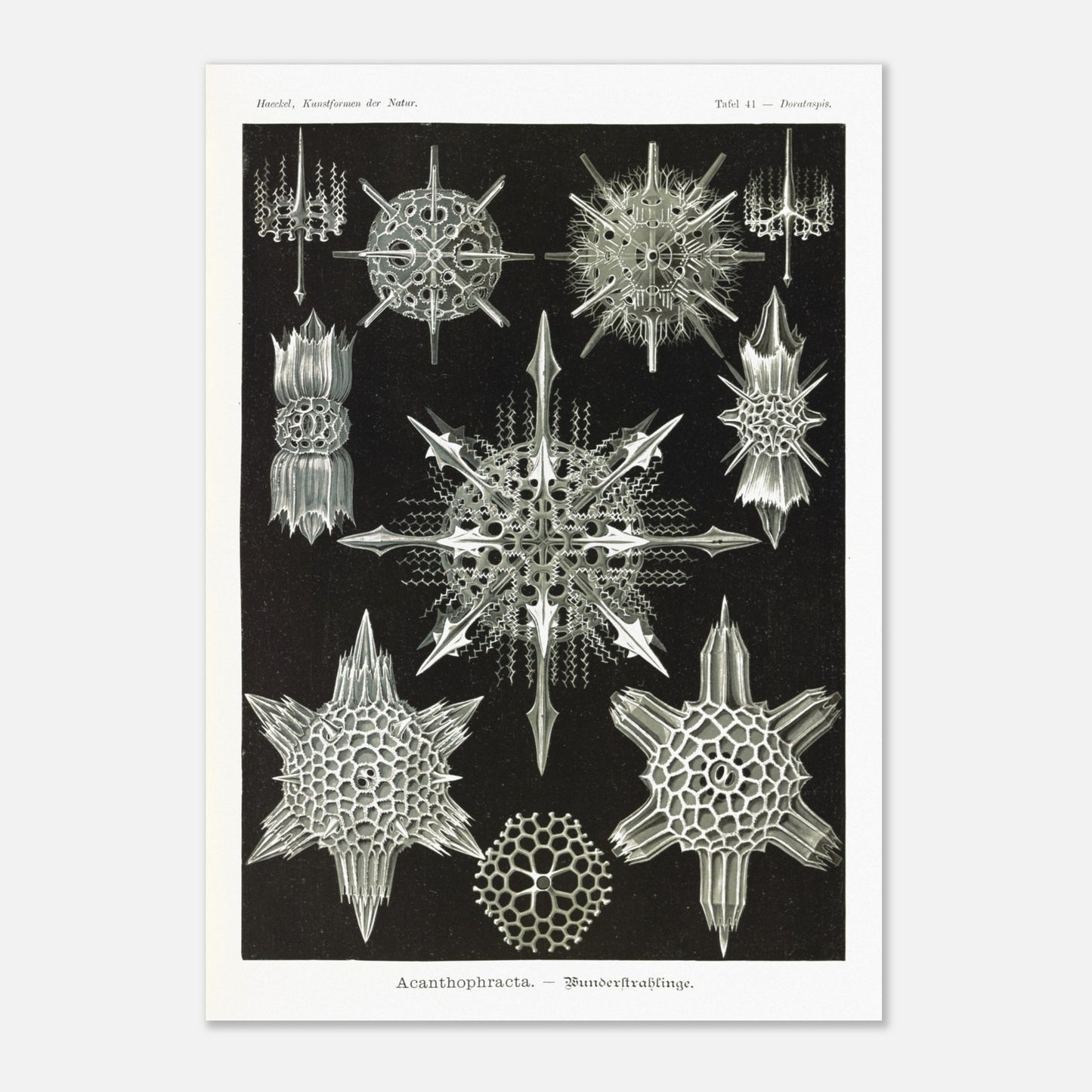
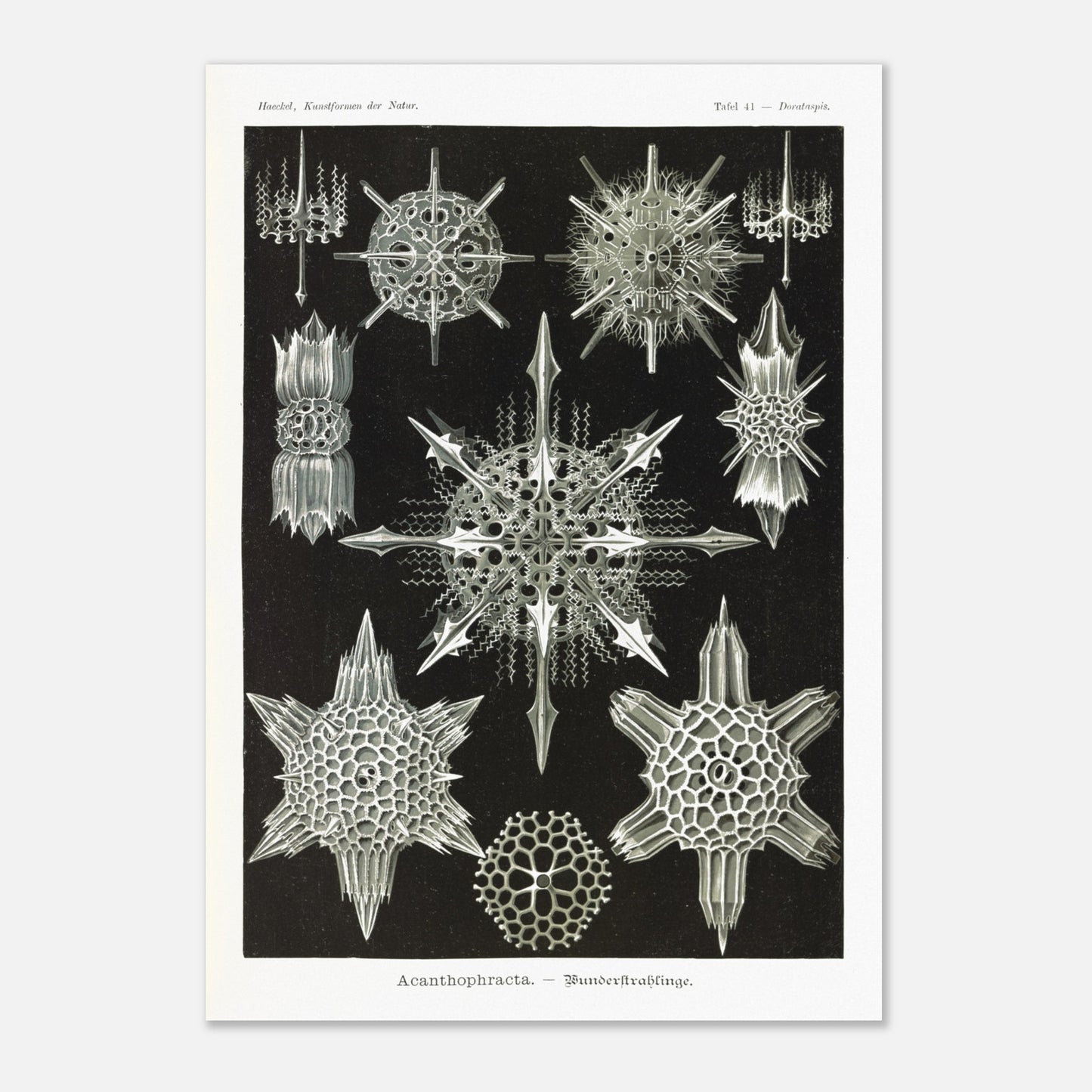
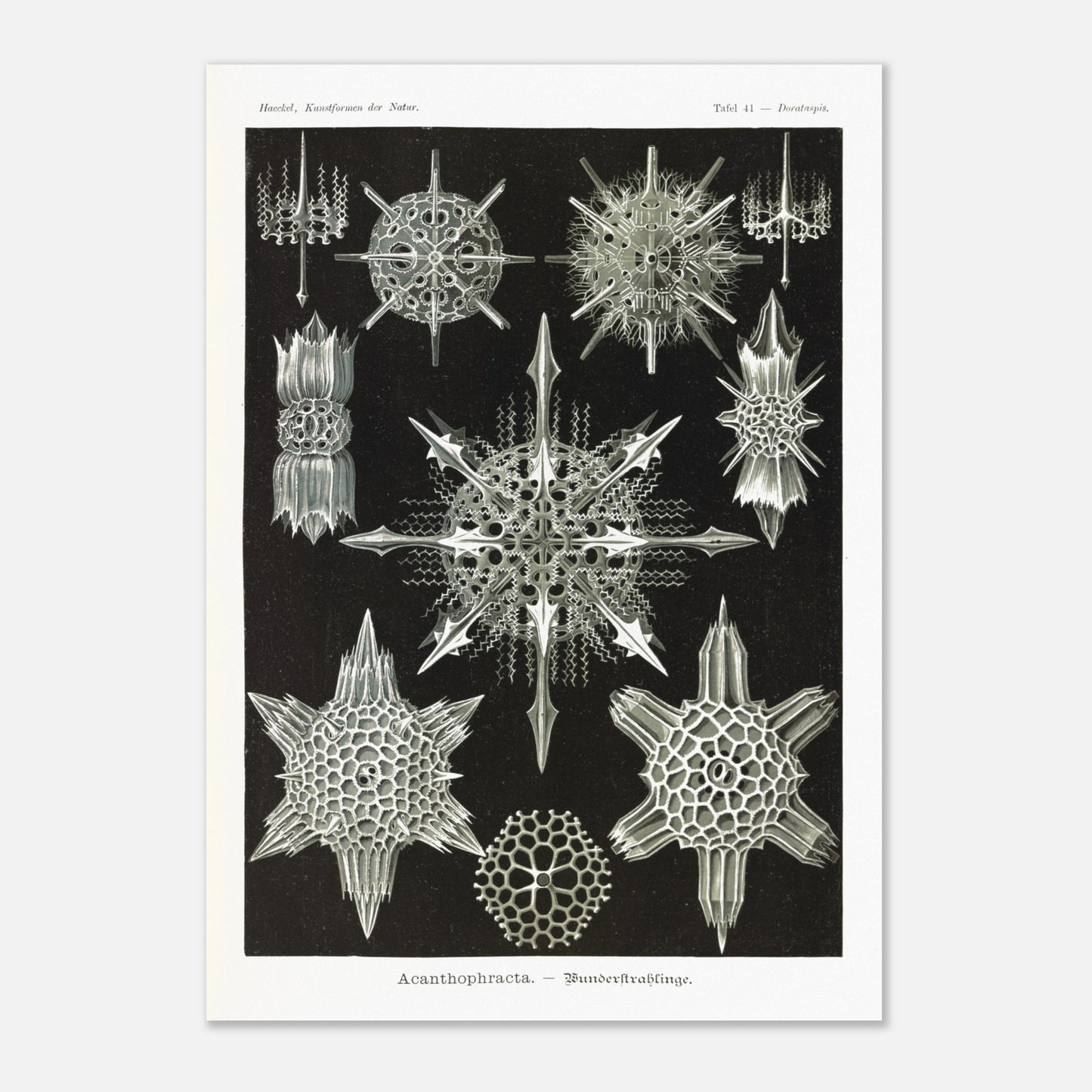
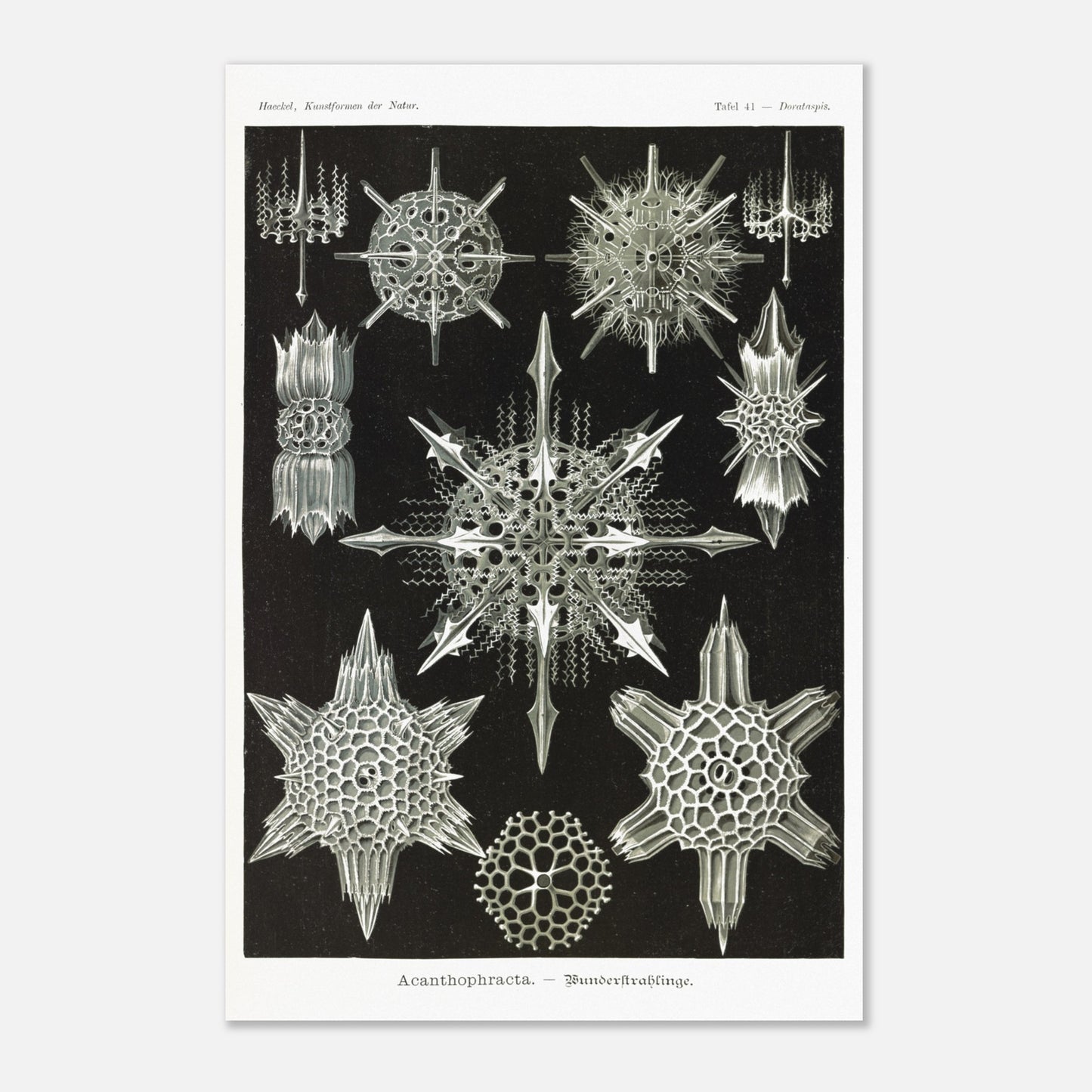
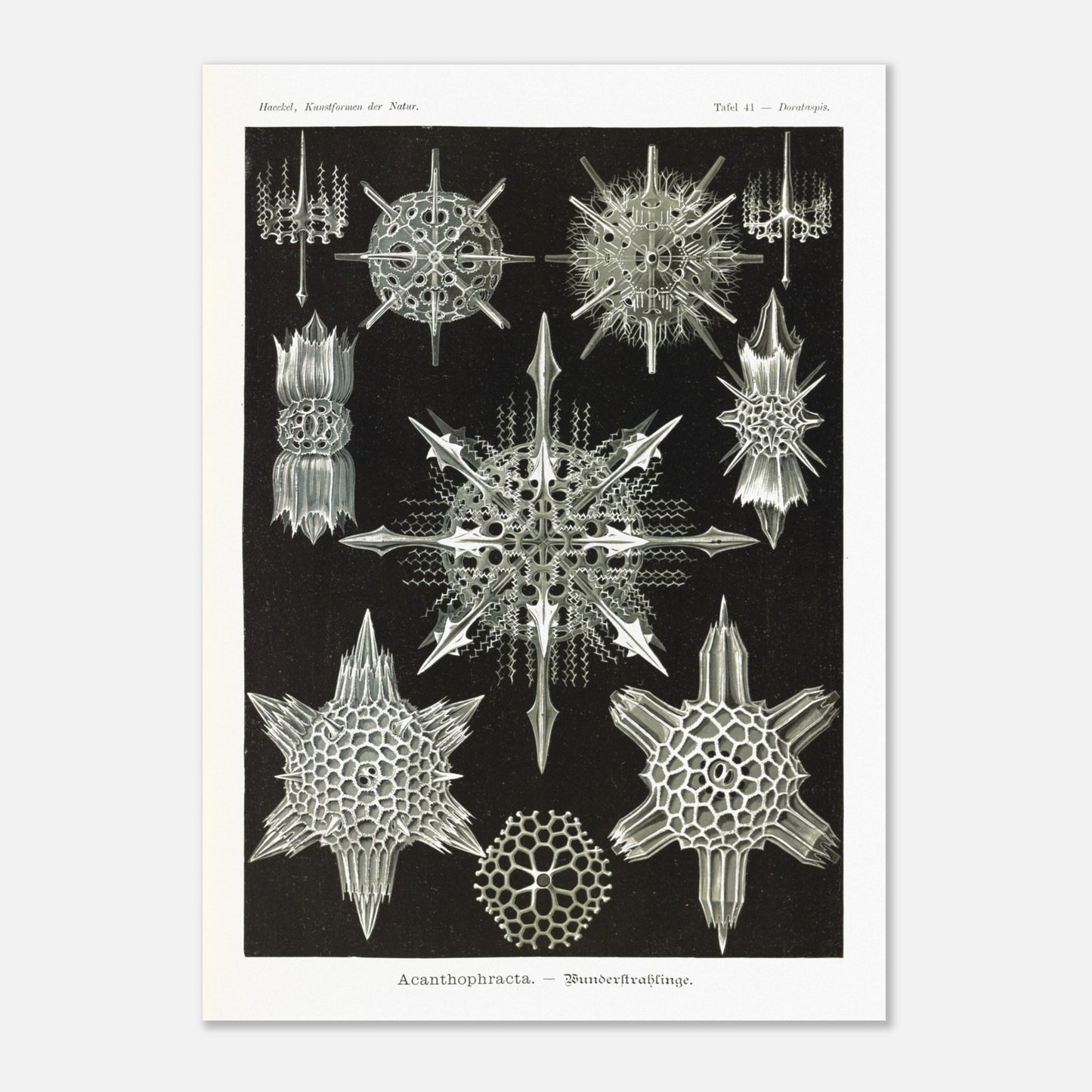
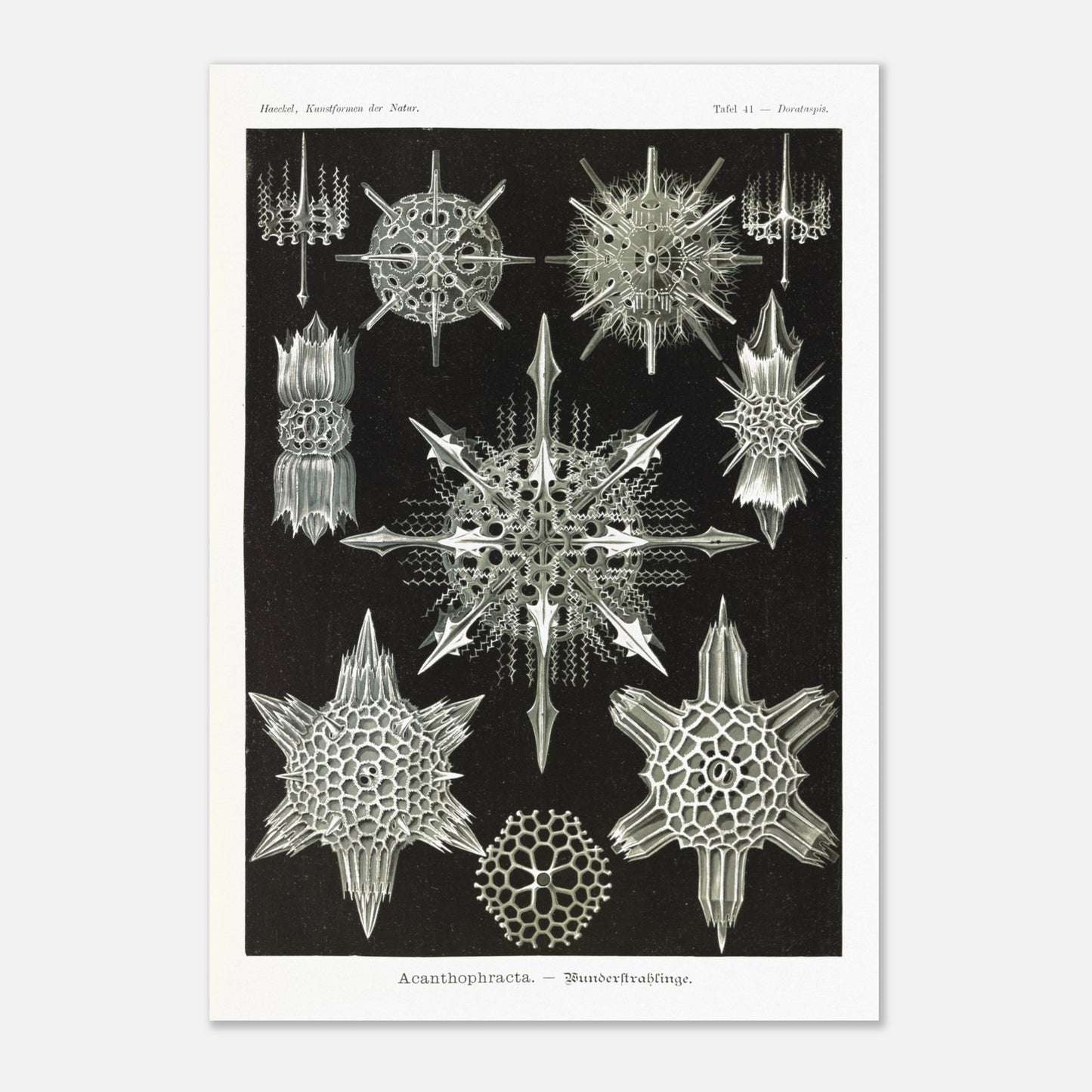
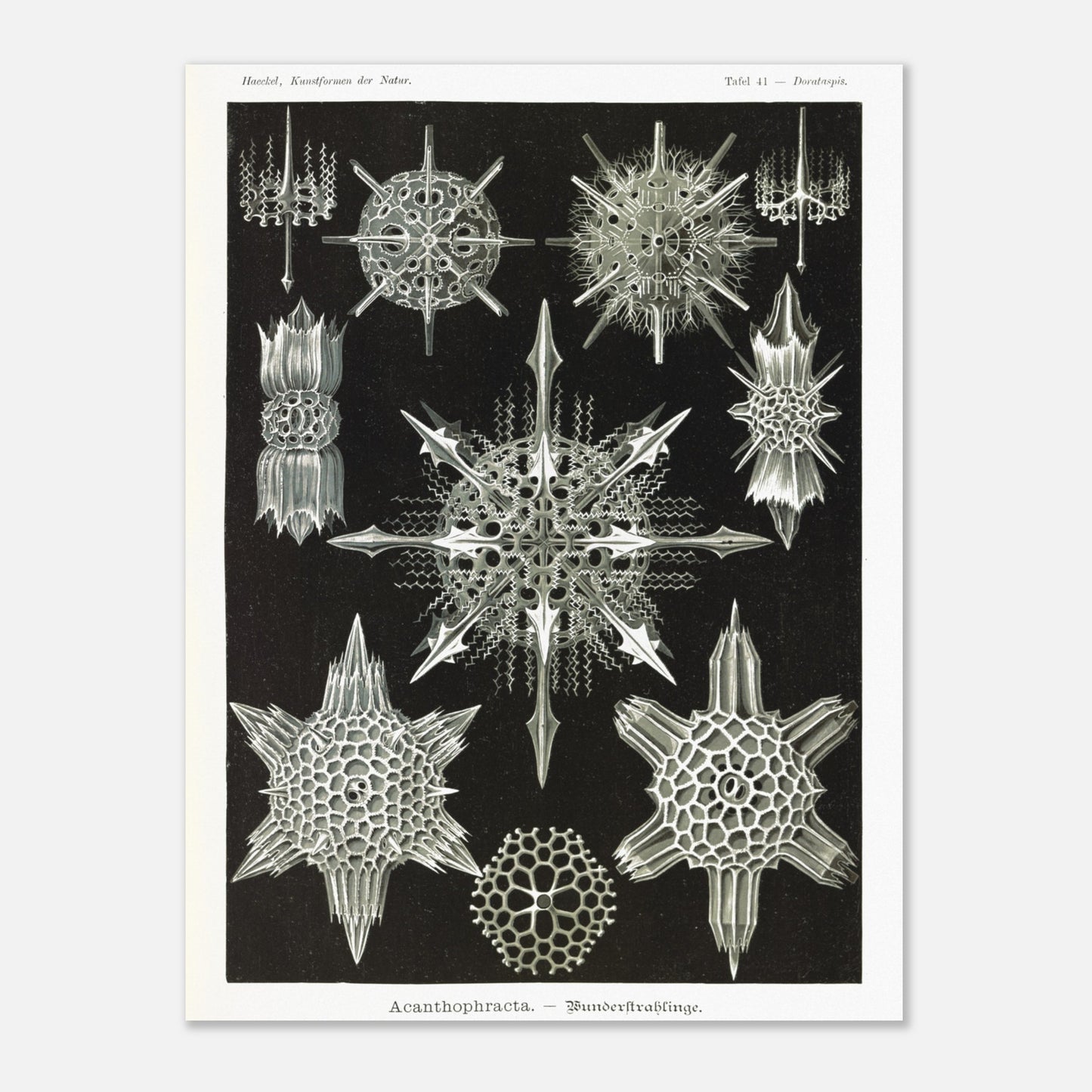

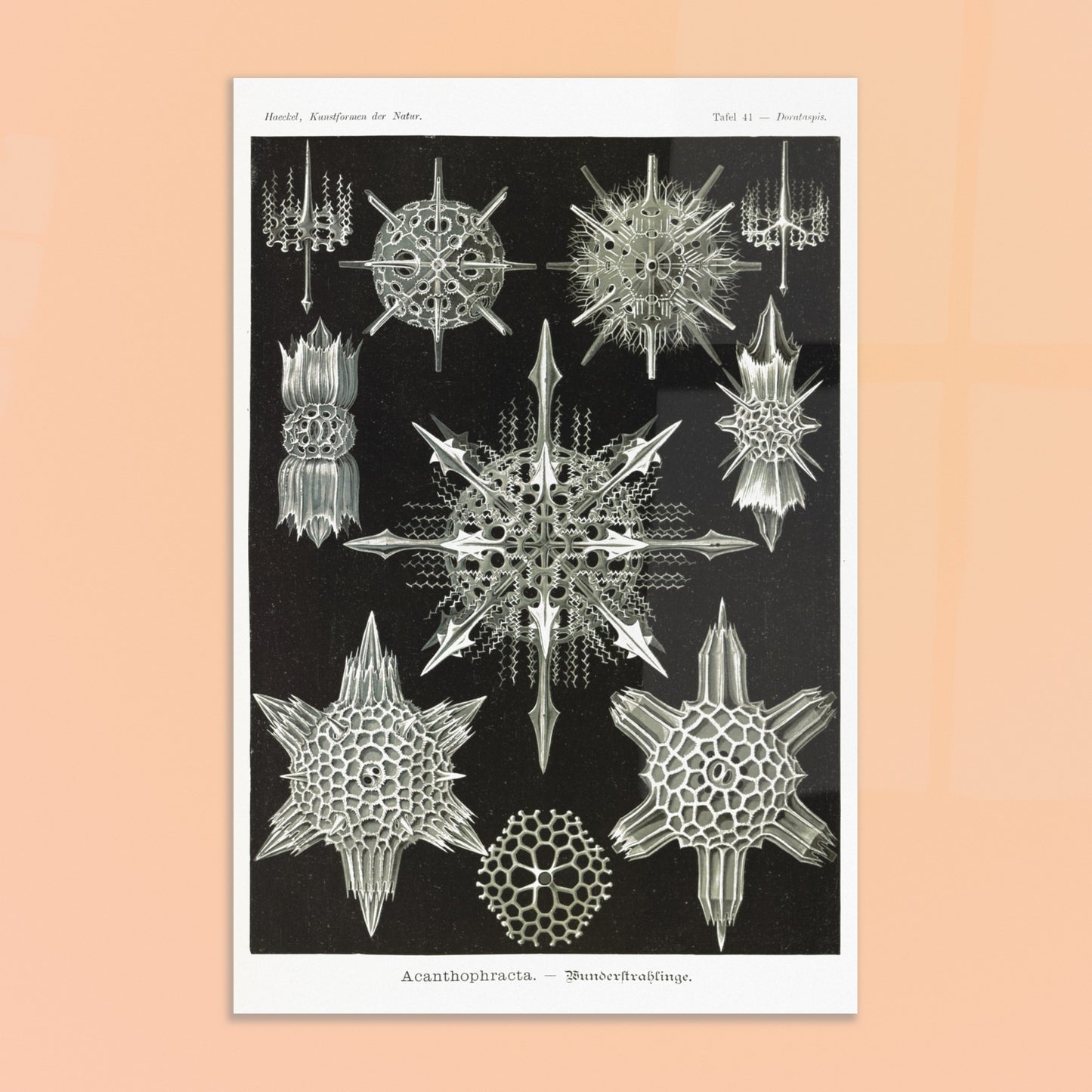
We are listening to you
If you are looking for a specific composition, a particular layout, or any other customization need, our team is at your disposal and will do everything possible to meet your requests.
So don't hesitate to...




